Just as how France is known for its wines and Germany for its automobiles, Switzerland has become synonymous with luxury watches. With bustling Geneva as the watchmaking capital, the deep Jura mountains teeming with history as the cradle of watchmaking, and picturesque Vallée de Joux being the home of numerous household names like Audemars Piguet and Jaeger-LeCoultre, it’s hard to imagine a time when Switzerland wasn’t dominating the watch industry.
Alas, such an era did exist; a period where ‘Swiss Made’ on a watch’s dial held little weight, unlike today. After all, a Dutch by the name of Christiaan Huygens invented the pendulum clock and balance spring. An Englishman, Thomas Mudge, created the lever escapement. Most technical innovations in the industry were by the British, namely James Cox, George Graham, and John Harrison.
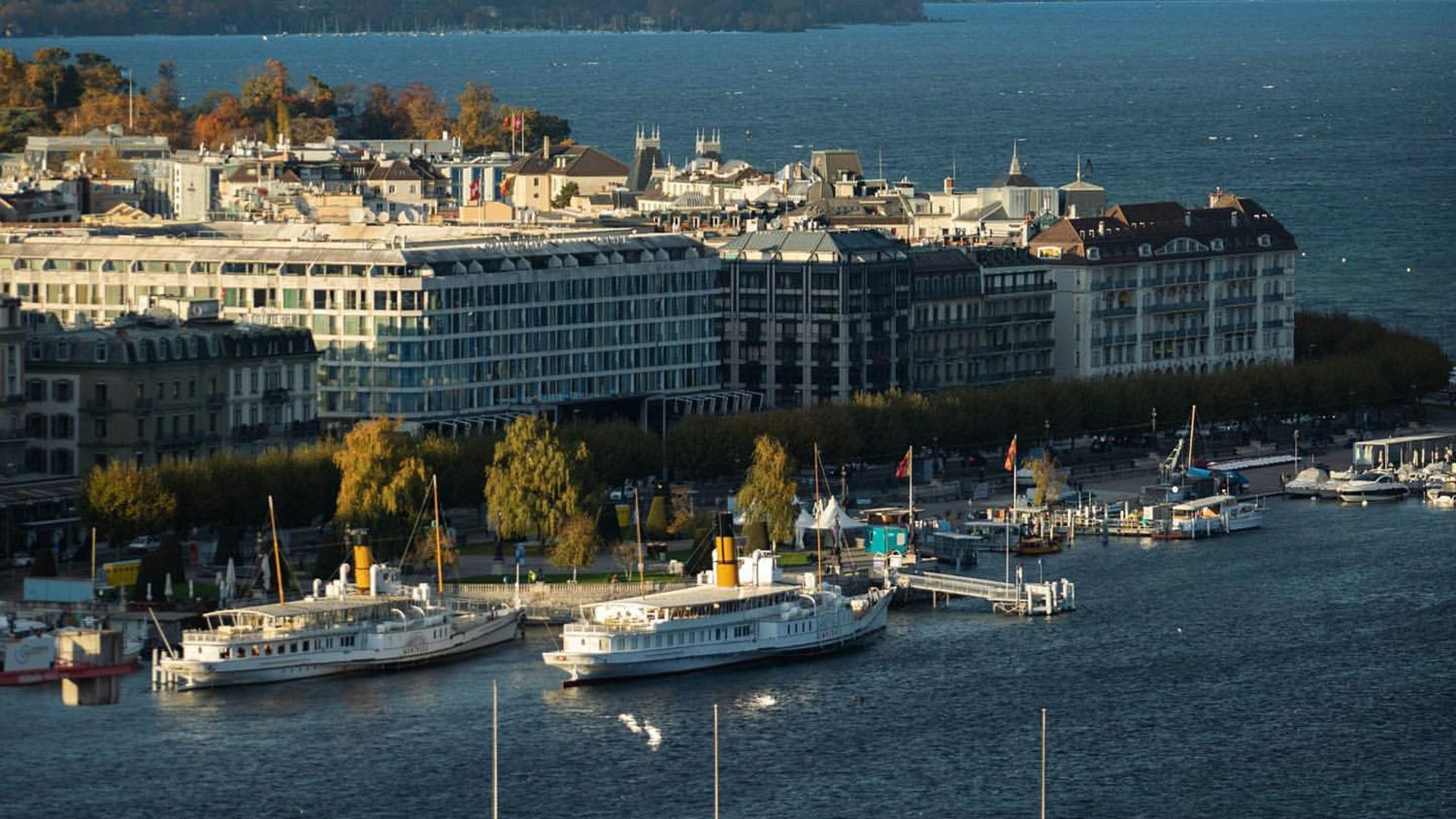
The ‘Affair of the Sausages’
At the start of mechanical timekeeping history in the early 16th century, Germany and France were at the top of their game. Switzerland played no part until a series of unfortunate events involving sausages happened. In short, Ulrich Zwingli, a pastor in Zurich, attended a gathering in 1522, where there was consumption of sausages during Lent. At the time, eating meat during this fasting period was prohibited and so, the gathering’s host was arrested despite being merely a witness.
Zwingli, a Reformation ideology believer, defended the host, arguing that it should be voluntary. From there, the ‘Affair of the Sausages’ sparked violent protests, resulting in the Protestant Reformation and the French Wars of Religion. Out of fear and in hopes of escaping persecution, many French Protestants (Huguenots) fled to Switzerland. Incidentally, a lot of them were jewellers and clockmakers who mostly settled in Geneva and brought along their savoir-faire on watchmaking. Some would later move to the Jura mountains and other regions like Neuchâtel and Vallée de Joux.
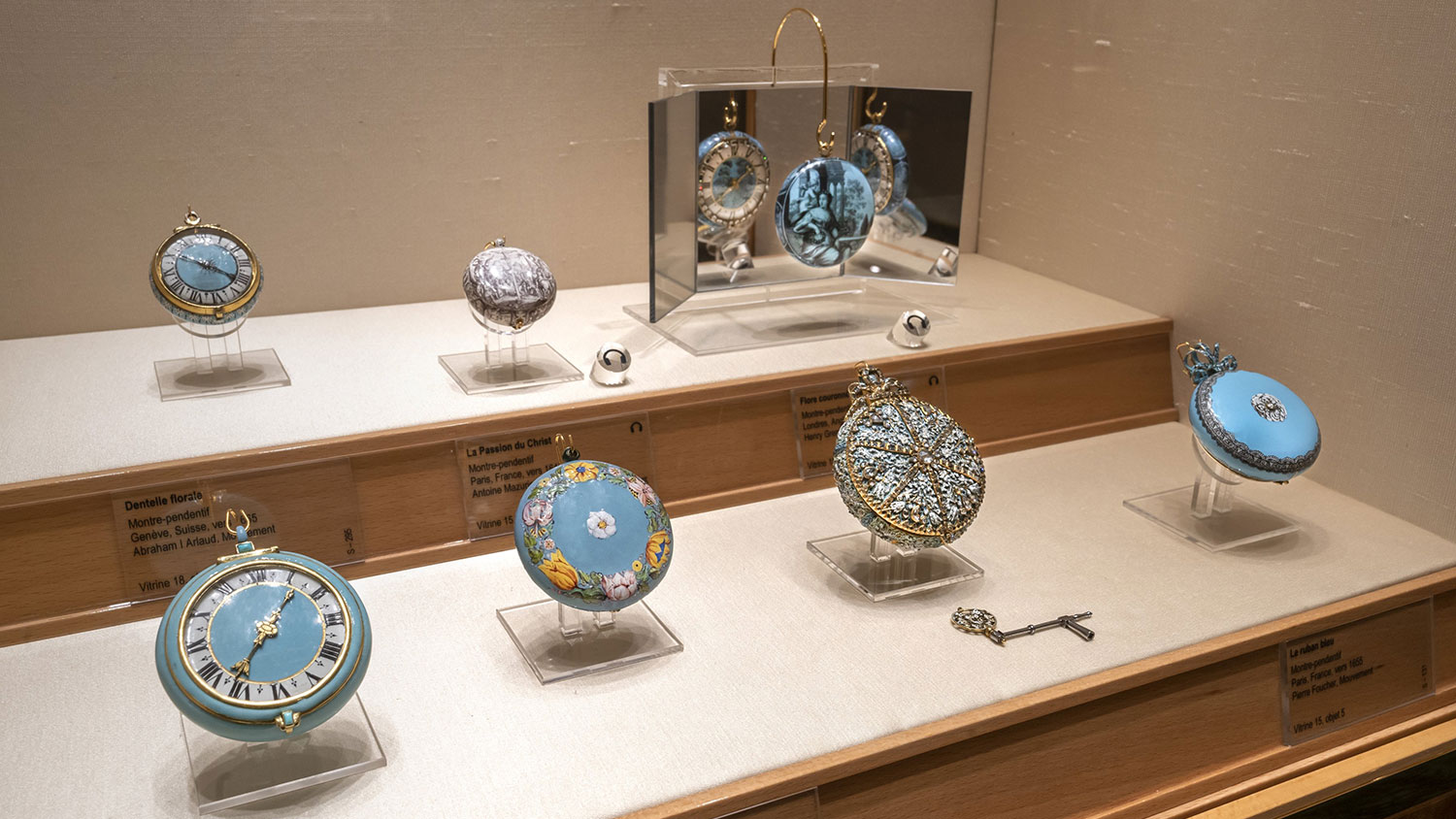
Early Watchmaking Developments
Another cultural event soon incited more artisans to switch to watchmaking. Geneva was under the strict rule of the reformer Jean Calvin and in 1541, Calvinism banned its citizens from any display of wealth in favour of austerity and piousness. People weren’t allowed to wear jewellery but Geneva had a vibrant jewellery-making and goldsmithing industry. However, craftsmen found an alternative outlet for their talents by producing intricate designs to pair with watches and clocks.
The seeds of Switzerland’s dominance of the watch industry began to take root in the 19th century. Poor farmers in Jura found seasonal work making watch components for Geneva-based watchmaking firms during long, hard winters. Before this niche, they did lace-making work, which would explain their efficiency and experience with producing delicate handiwork of superb quality.
This effortless autonomy using the ‘établissage’ (independent workshops producing separate components) system transformed La Chaux-de-Fonds into the industry’s world capital, marking Swiss watchmaking as the world standard. Eventually, as national production became more aggressive, dedicated factories began to open in the Jura valley. The first was Agassiz & Co. in St. Imier in 1832. It would later become Longines.
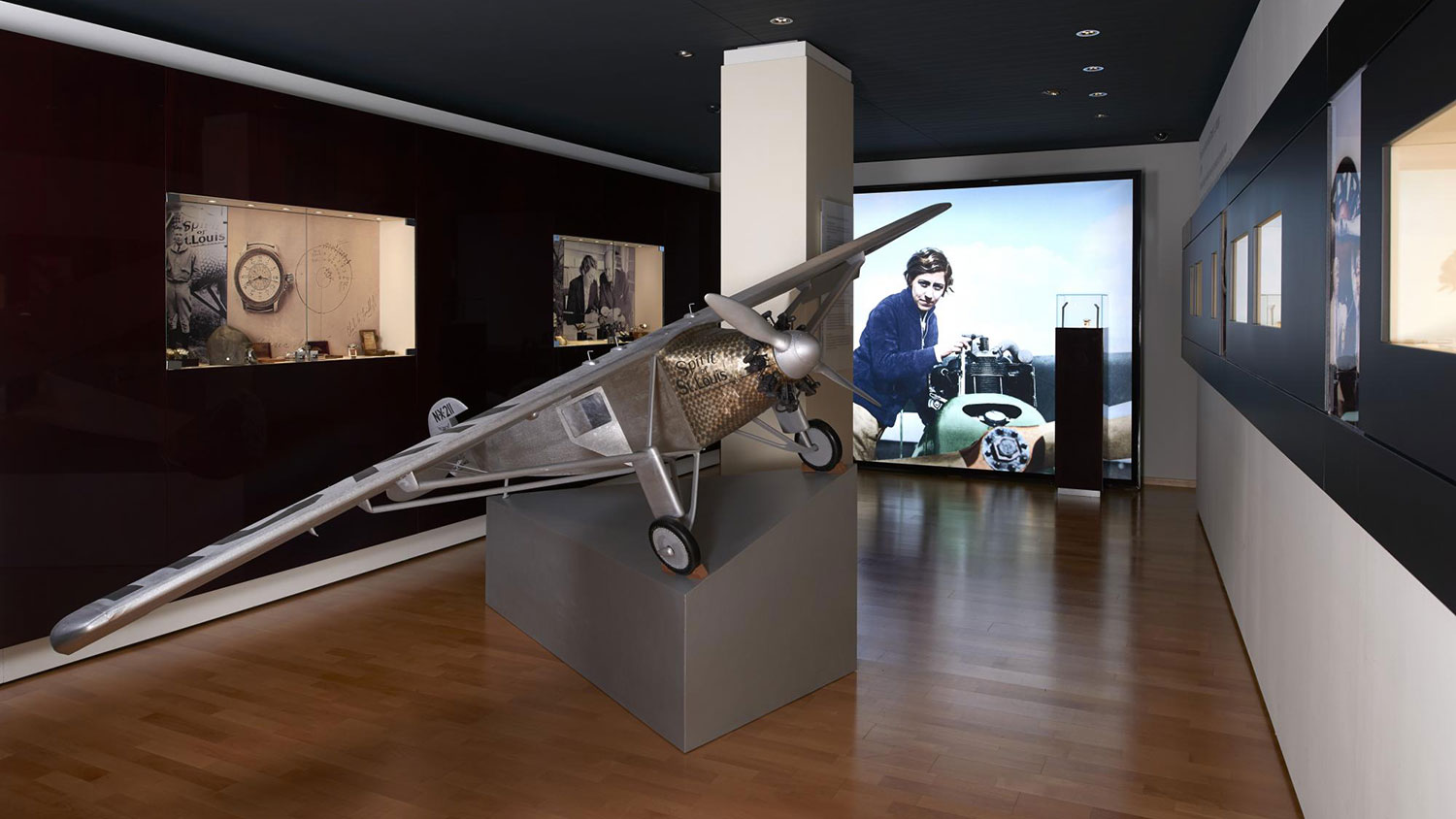
“Swiss Made” Quality
With the success of the établissage system, the Jura Arc became responsible for 90 per cent of the Swiss watch production for over a century, garnering the nickname ‘Watch Valley – The Land of Precision’. But that wasn’t enough to cement the success of domination. To cut the history lesson short, Switzerland’s watchmaking industry later faced two crucial obstacles: America’s big railway boom and the Quartz Crisis started by Japan’s success (specifically Seiko) with affordable watches powered by a quartz battery.
The former was resolved with the Swiss’ determination to market the magic of ‘Swiss Made’ quality along with the introduction of new features such as calendars and stopwatch functions. It also helped that Switzerland had always maintained a neutral stance. As such, the watchmaking facilities and ambitions continued to strive and thrive despite World War II, while American and German manufactures suffered from physical damage or were used for military equipment production. As for the Quartz Crisis, it was Swatch that saved the day. Introduced in 1983, it was an analogue quartz watch that was affordable yet high-quality and marketed as a fashion accessory.
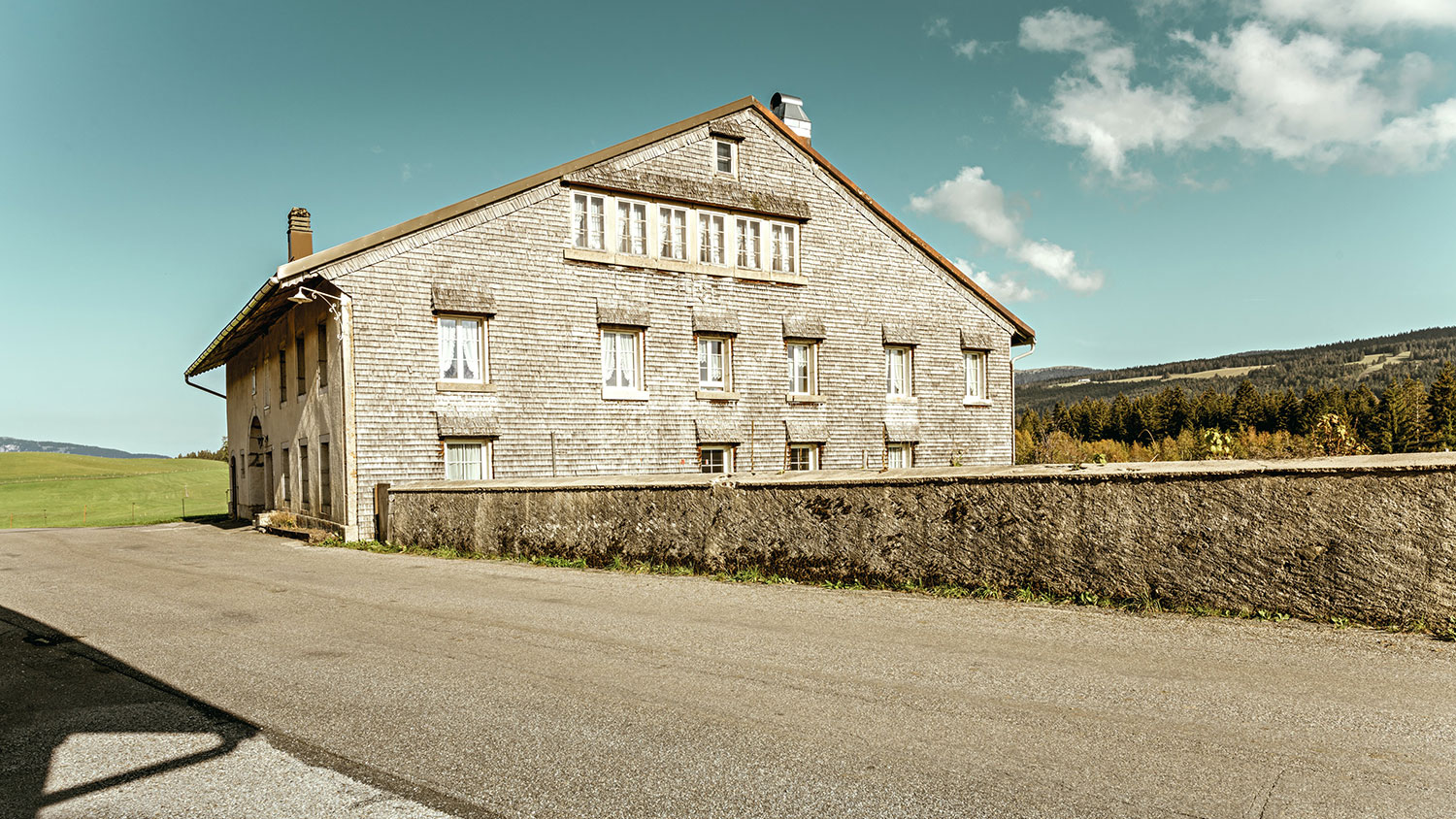
The Watchmaking Mecca of Today
Switzerland has never looked back ever since. With its rich history, many once-famed watchmaking countries would find it hard to compete. For one, many of Switzerland’s past watch farms remain virtually untouched, even if some are no longer active. The Swiss have also proven to adapt well in the face of the multitude of challenges thrown their way. There is even a Watchmaking Route heritage trail spanning approximately 200km, starting in Geneva and ending in Basel. It’s a 38-stage pilgrimage with stops at some of the most famous watch manufacturers and specialised museums.
Watch enthusiasts would be starry-eyed at the number of things one can do in Switzerland in pursuit of watchmaking secrets and unique timepieces. The Vallée de Joux alone remains home to 26 traditional watch farms, some of which are restored and open to visitors to admire the cache of age-old artefacts. For a more hands-on experience, Centre d’Initiation à l’Horlogerie is a worthy stop to attempt dismantling, oiling, and reassembling basic watches.
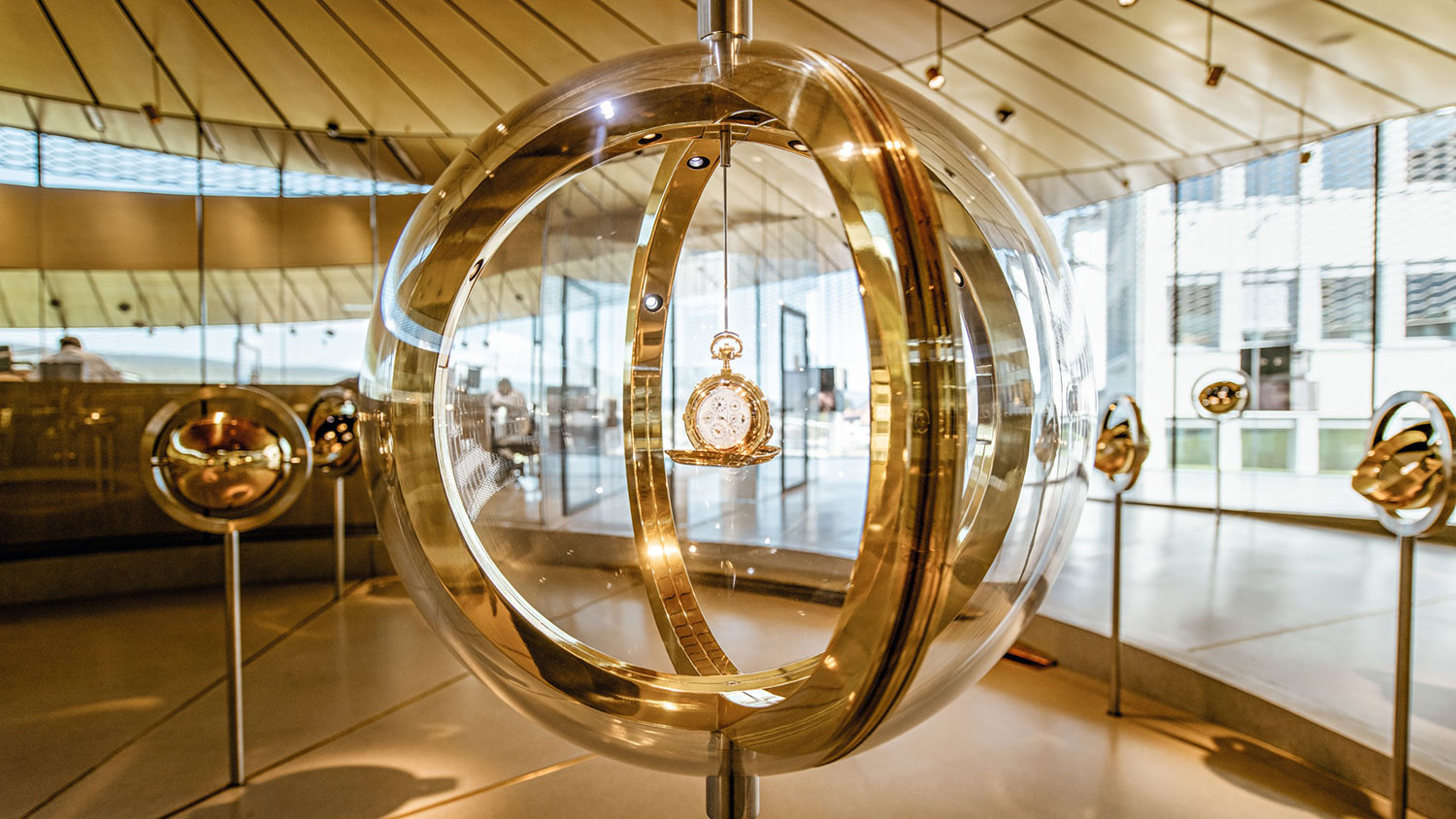
One can take it a step further and build their own watch at the Les Apprentis du Temps workshop in the historic town of Le Locle, among many other experiences and excursions. A full immersion could happen with a stay at Audemars Piguet’s first hotel in the Vallée de Joux. Opened in 2022, Hôtel des Horlogers sits in the maison’s ancestral home of Le Brassus with 50 rooms and suites boasting floor-to-ceiling views of the serene Risoud forest. It’s a short walk from the Musée Atelier Audemars Piguet where visitors can make an appointment to revel in the brand’s history, the collection of noteworthy timepieces and engaging workshops.
The list goes on but one thing’s for sure, it would be worth your time.









